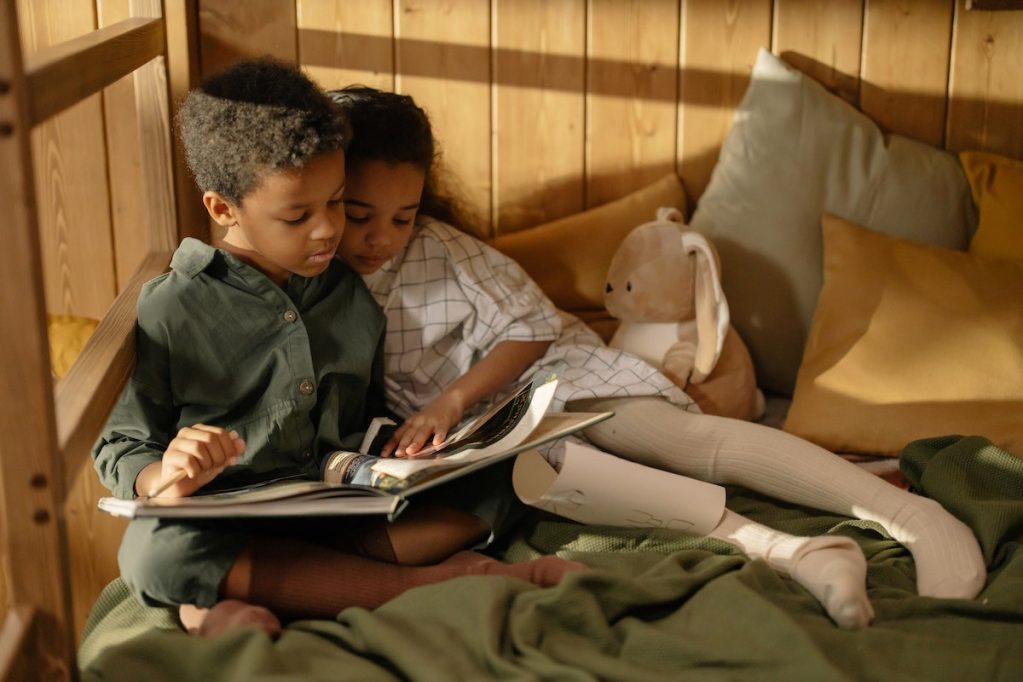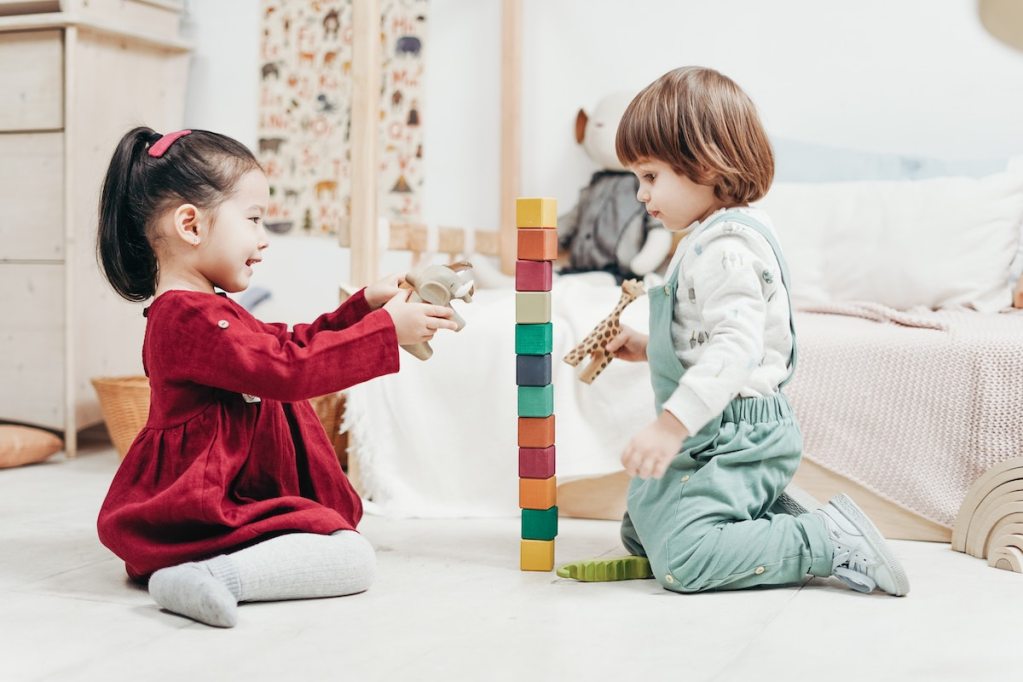
If you spend time in parenting spaces, you know Montessori is having a moment. Scroll through Instagram and TikTok, and you’ll see thoughtfully designed playrooms with open shelves, minimal wooden playthings (probably from Lovevery), and tons of information on the benefits of toy rotations. The bedrooms each have a floor bed.
For the unfamiliar, a floor bed is exactly what it sounds like: a bed on the floor. Though you’ll find sprawling ones on Etsy with wooden railings, it can be as simple as a firm crib mattress low enough to the ground that a little one can get in and out of on their own.
Sleep can be a source of stress (and contention) for new parents. Floor beds aren’t new, but they’re a departure from the type of bed you may have slept in as a child. Are they safe? Even if they are, are they worth it? No need to lose sleep over it — we’ve got you covered.
The basics on floor beds
Considering a floor bed? Here’s what you’ll want to know before breaking out the credit card.
What is the point of a floor bed?
Floor beds are trendy, but they’ve been around forever — how do you think many of our ancestors slept? They’ve also been a hallmark of Montessori since Maria Montessori developed the method in the 1900s. The method centers on independence and respect for the child, including the freedom to move even during infancy.
Floor beds allow this freedom. Instead of being restricted by the bars of a crib, a little one can get up and move about the room as they please. As a result, they can wake up on their terms, not a caregiver’s.
What are the cons of a floor bed?
Giving your child freedom to get in and out of bed when they want may appeal to you — or it may not.
Even if you allow your child to have the run of the house, foregoing the use of playpens, you may enjoy your personal space at night. Floor beds don’t necessarily prevent you from getting that. However, they make it easier for a small child to mosey out of their floor bed and into yours. These midnight cuddle sessions may be a magical memory for some — but not all — parents.
Floor beds aren’t necessarily more expensive than standard cribs or toddler beds. It really depends on the brand. However, many parents buy cribs that convert into toddler beds. Some will even eventually convert into one an older child can use, which ultimately can save money. If you transition from a crib to a floor bed or have to buy numerous floor beds as your child gets older, it’ll be pricier than going with a space that grows with your kid.
Are floor beds safe?
Very few topics can cause a parenting group on social media to implode like safe sleep. In traditional Montessori, the use of floor beds starts in infancy.
The American Academy of Pediatrics (AAP) doesn’t mention floor beds in its updated policy statement on safe infant sleep for children under 12 months. The AAP recommends placing a child alone on their back in a bassinet, crib, portable crib, or play yard that aligns with safety standards set by the Consumer Product Safety Commission. The mattress should be firm.
The AAP doesn’t say anything further as a child moves into toddlerhood and preschool years, nor has it weighed in on floor beds vs. more traditional ones. However, children have safely slept in floor beds for years.
AAP aside, floor beds are very low to the ground but often have a slightly raised mattress. A child may roll out. A cozy carpet can make falls less impactful, but they still may not be fun. Eventually, they’ll learn (just like you learned not to roll out of your bed at some point).
Be sure to secure items like dressers to the wall to keep your child safe should they move about the room without supervision.

What to do after purchasing a floor bed
You purchased a floor bed. Now what? Here’s what to do next.
How old should my child be before moving to a floor bed?
It’s up to you and your child. The AAP recommends cribs, play yards, and bassinets for the first year of life. The organization also recommends room-sharing with infants aged 6 to 12 months to reduce the risk of Sudden Infant Death Syndrome (SIDS).
Montessori recommended using a floor bed from infancy. Consider having a floor bed in your room if you like having your little one close to you but in their own space. Other families may transition their children to a floor bed when they grow out of the crib, often by their third birthday.
What do I put on a Montessori floor bed?
It depends on the age of the child. Children under 18 months are safest with a fitted sheet, a light sleep sack, and no blankets or stuffed animals. After that, a blanket or favorite toy may make them feel safe and secure on their floor bed — it’ll also give them someone to chat with if they wake up before you do.
How can I transition my child to a floor bed?
Again, this answer depends on the child. Some children don’t miss a beat, going from crib or bassinet to any new sleep space with ease. Others may have a few rough nights. Try to keep bedtime routines the same, so the only thing that’s different is the sleep space. How you support your child during night wakings is ultimately a personal decision.
Floor beds have been around for millennia, but are currently trending along with the Montessori method. The woman behind this method, Maria Montessori, lauded floor beds for respecting a child’s freedom to move, wake, and sleep on their own terms from birth. Some families may love this idea, while others may not, especially if the tiny tyke wobbles into their room each night. Other families may like the savings they net from choosing a crib that converts to a toddler and “big kid” bed. Your child’s sleep space is ultimately a personal decision, but it can be fun to consider different options before making the best choice for your family.
Editors' Recommendations
- When do babies sleep through the night (and what the answer means for your child)?
- Does your baby sleep with their mouth open? What to know about mouth breathing in babies
- These 4 pre-nap routines will help your child sleep peacefully
- Why do babies growl? Understanding your little one’s weird sounds
- If you love Disney, these are the motivational quotes to complete your nursery decor




